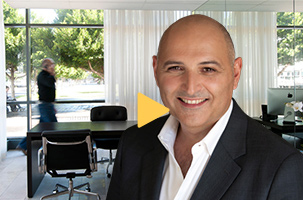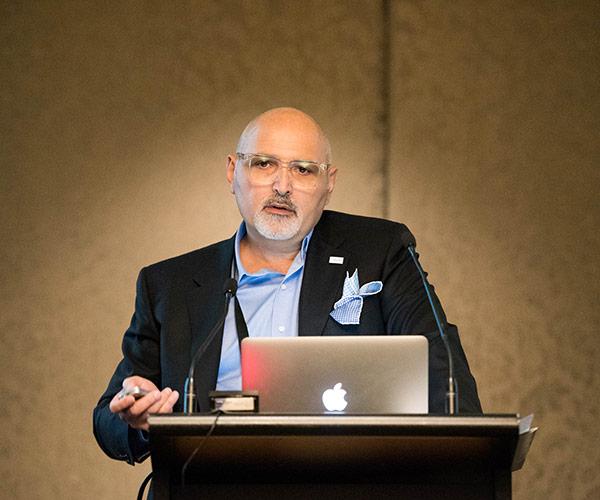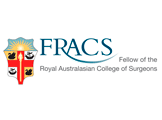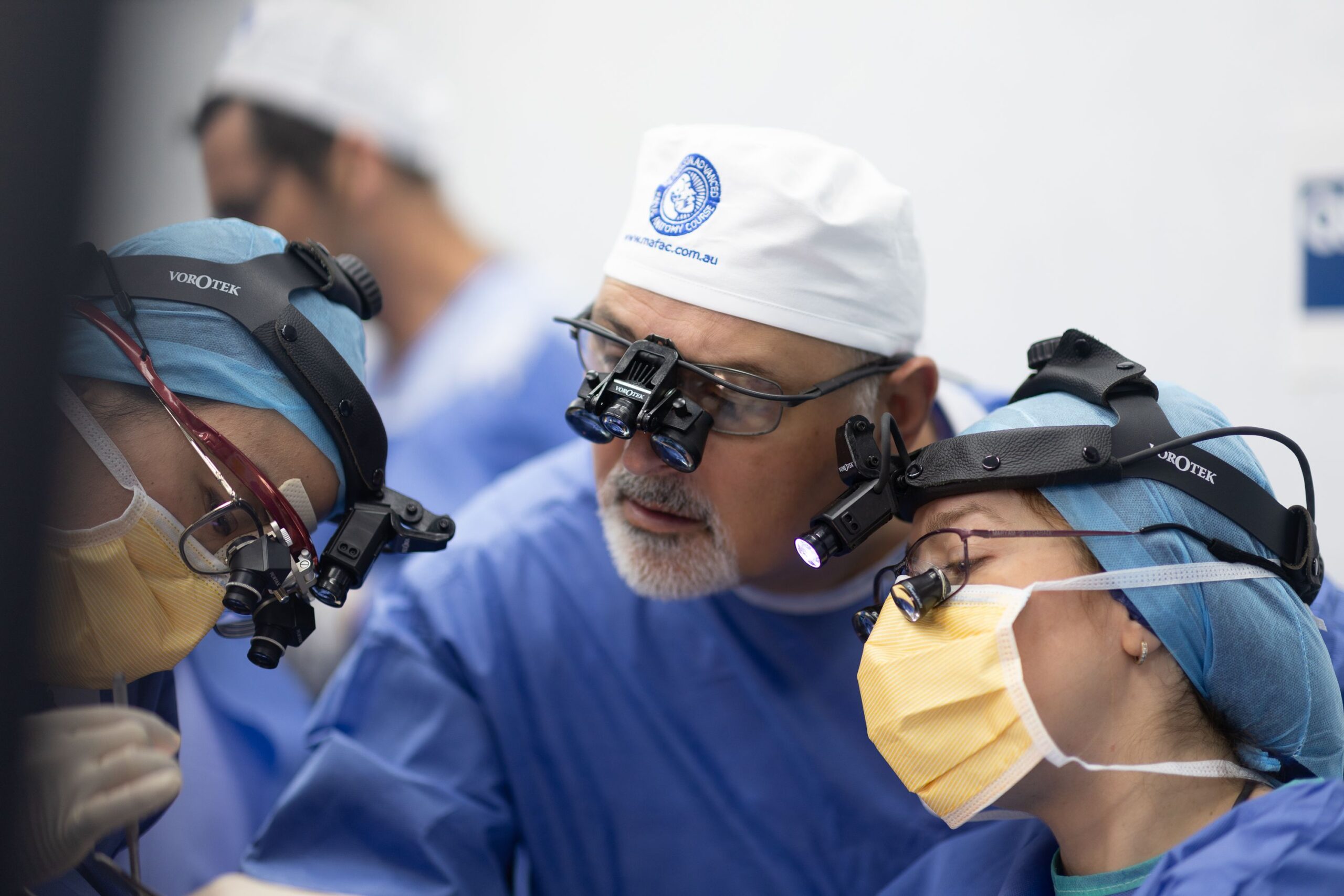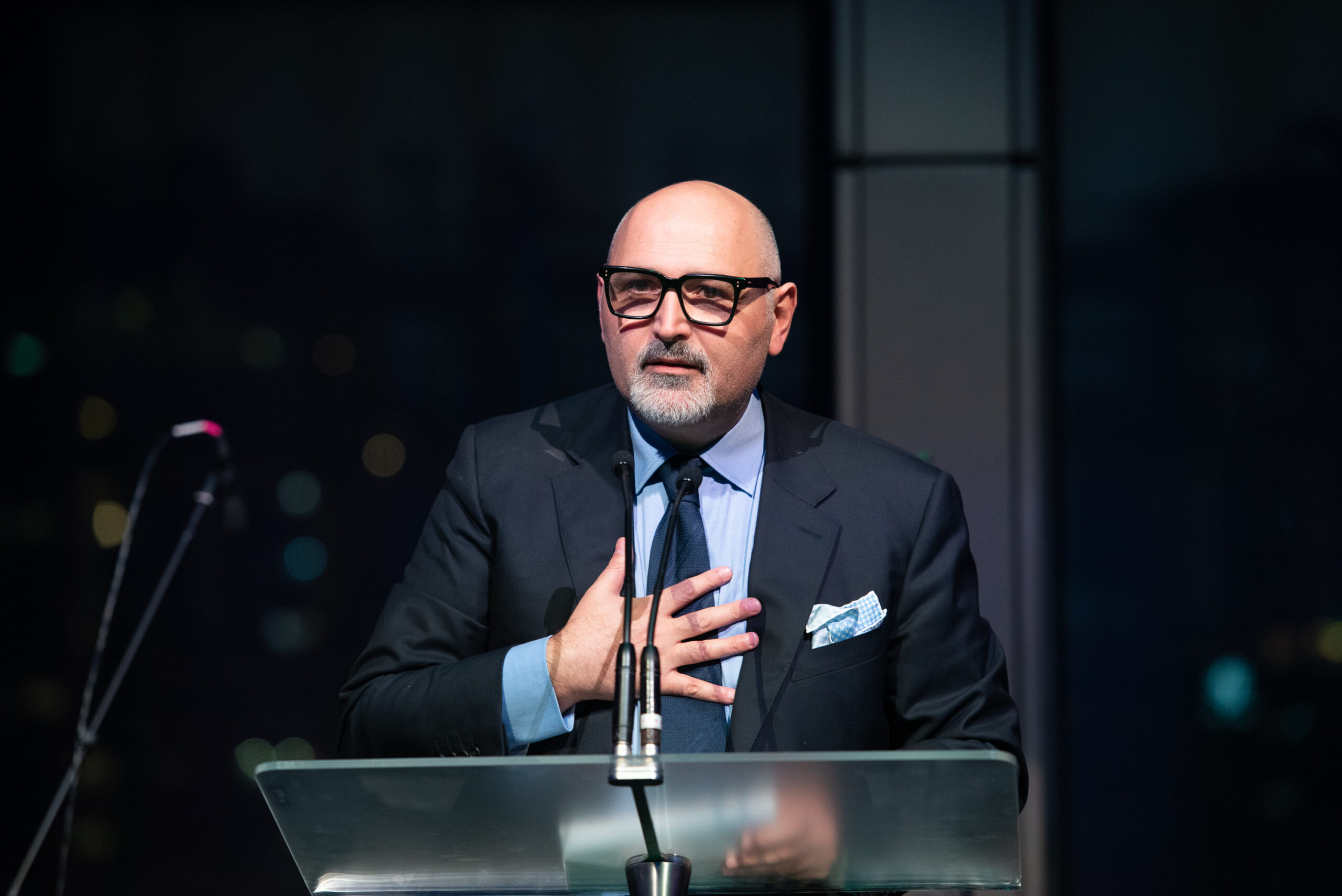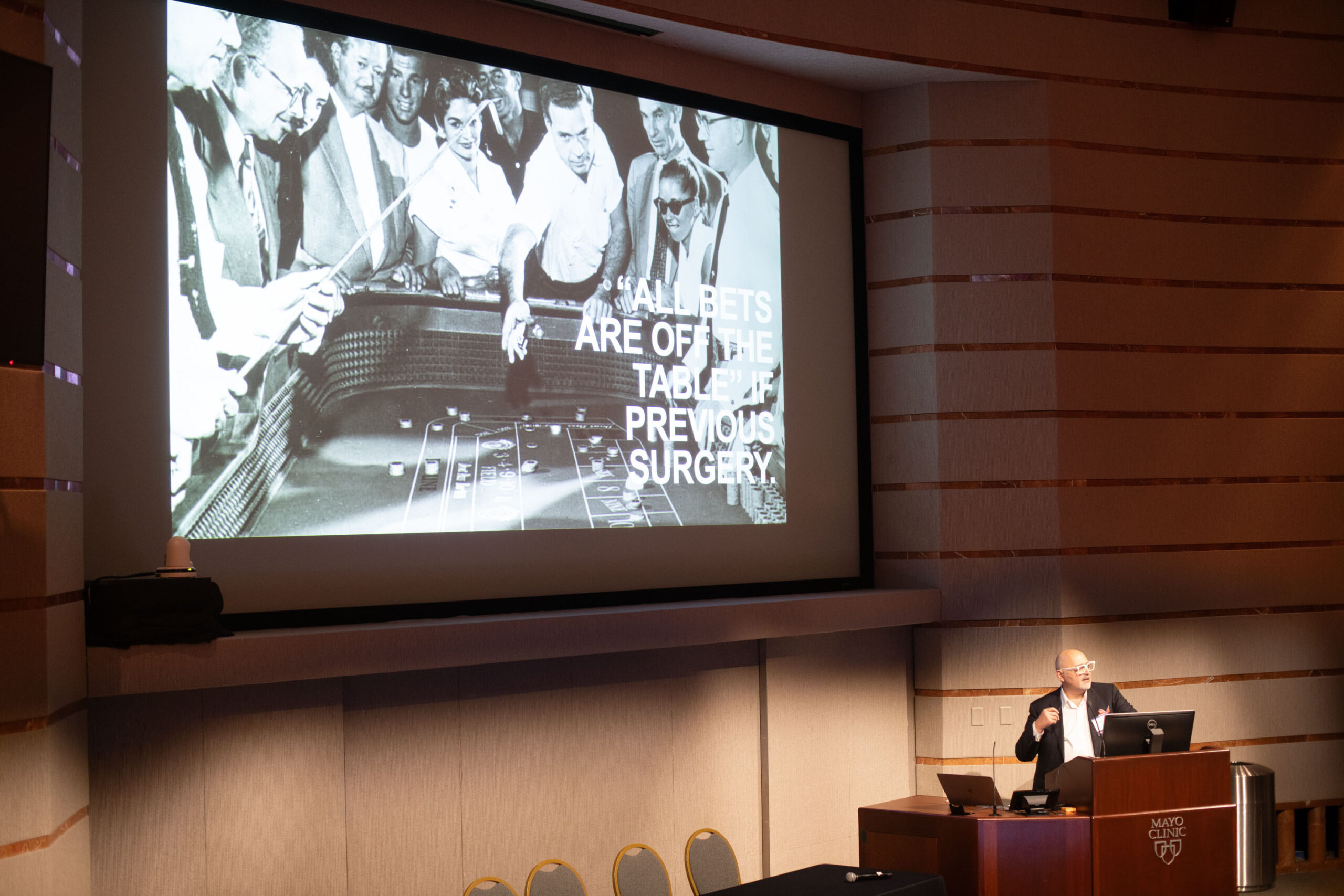Quick Facts About Male Breast Reduction
- Procedure Duration: 1–3 hours.
- Anaesthesia: General anaesthesia.
- Hospital Stay: Day procedure or overnight stay.
- Results: Immediate improvement; final results visible after the swelling subsides (3–6 months).
- Longevity: Permanent results with a stable weight and healthy lifestyle.
- Best Candidates: Men with persistent breast enlargement that does not respond to diet and exercise.
What to Expect
Before Surgery:
During your consultation with Dr. Tim, you’ll discuss your concerns and goals. A thorough examination will identify the cause of gynaecomastia, whether fatty tissue, glandular tissue, or a combination of both. Dr. Tim will recommend the most appropriate surgical techniques and provide preoperative instructions, such as fasting and avoiding certain medications.
During Surgery:
The procedure is performed in a fully accredited surgical facility under general anaesthesia. Depending on the surgical plan:
- Liposuction will be used to remove excess fat through small incisions.
- Excision techniques will remove glandular tissue and, if needed, reposition the nipple for a natural appearance.
- If excess skin is present, it will be removed to tighten and reshape the chest.
The incisions are carefully placed to minimise visible scarring, and the area is dressed for post-operative support.
After Surgery:
You will be fitted with a compression garment to support healing and minimise swelling. Mild discomfort, swelling, and bruising are normal and typically resolve within a few weeks.
Male breast reduction, or gynaecomastia surgery, is a procedure to reduce excess breast tissue, fat, or skin in men, creating a firmer, more masculine chest.
Good candidates are men with persistent breast enlargement that doesn’t respond to diet or exercise and who are in good overall health.
Yes, the results are long-lasting, especially when combined with a healthy lifestyle. However, significant weight gain, hormonal changes, or certain medications could affect the results.
Most patients return to light activities within 1–2 weeks, with full recovery and resumption of strenuous activities taking 4–6 weeks.
Scars are minimal and typically placed in inconspicuous areas. They fade over time with proper care.
The procedure is performed under general anaesthesia, ensuring no discomfort during surgery. Post-operative pain is mild and manageable with prescribed medications.
In most cases, gynaecomastia does not return if a stable weight and healthy lifestyle are maintained.
Risks
Male breast reduction is a safe and effective procedure, but like all surgeries, it carries potential risks, including:
- Infection or delayed wound healing.
- Scarring (usually minimal and inconspicuous).
- Asymmetry or contour irregularities.
- Changes in nipple sensation (temporary or permanent).
- Rare complications, such as bleeding, fluid accumulation, or anaesthesia-related risks.
Recovery Tips
- Follow Post-Operative Instructions: Adhere to Dr. Tim’s guidelines for optimal healing.
- Wear a Compression Garment: This helps reduce swelling and supports the chest contours during recovery.
- Avoid Strenuous Activities: Refrain from heavy lifting, chest exercises, or strenuous activities for 4–6 weeks.
- Sleep Elevated: Sleeping on your back with pillows elevating your upper body can reduce swelling.
- Hydrate and Rest: Proper hydration and rest promote faster recovery.
- Scar Care: Follow Dr. Tim’s recommendations to minimise scarring over time.

